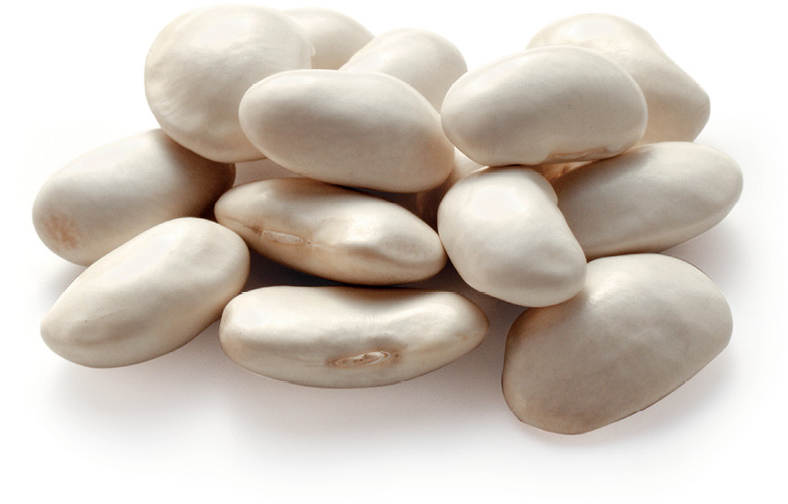
LOW
Surely you remember the old childhood rhyme that begins “Beans, beans, they’re good for your heart . . .” Well, beans are good for your heart. But these slow-acting foods, rich in complex carbohydrates, are also fantastic for your blood sugar and are surely one of the foods most deserving of special attention in your Magic diet.
All beans, canned or dried, from black to white and chickpeas to cannellini, can tame both insulin and blood sugar levels thanks to their high soluble fiber content. A recent study found that eating one serving of beans instead of one serving of rice was associated with 35 percent lower risk of metabolic syndrome (prediabetes).
The soluble fiber in beans slows down digestion, leading to a slow, steady blood sugar rise rather than a spike. Beans also pack loads of protein, which doesn’t raise blood sugar and actually helps your body process the carbohydrates in a meal more efficiently. Are they the perfect food for people with diabetes? Perhaps. Just stick with 1/2 cup or so per meal, since beans do contain carbohydrates.

beans are your blood sugar’s best friend, and since all you have to do to eat them is open a can, there’s no excuse not to.
If you’re trying to lose weight, eat beans! Not only are they incredibly filling, they also pack a heap of nutrition in a relatively low-calorie package. Better still, some of the starch in beans is a type called resistant starch that the body can’t even digest, so the calories don’t count.
Beans are also full of folate, a B vitamin that may help reduce some of the nasty consequences of diabetes by helping to keep arteries clean.
Dietary guidelines recommend we eat 1 1/2 to 3 cups of beans a week, but many of us lag far behind: We don’t average even 1 cup a week. We would have to eat almost triple our current intake to meet the recommendation.
Looking for antioxidants? Look no further. A recent study ranked beans among the top ten foods richest in these health protectors. What’s more, the same soluble fiber in beans that helps stabilize blood sugar also helps lower cholesterol.
Beans and rice is a classic dish, and for good reason, since together they make a complete protein (alone, each lacks certain amino acids, the building blocks of protein). While white rice has a high GL, combining it with beans—and therefore eating less rice—makes the GL of the dish much lower. To lower the GL of a pasta meal, use less pasta and top it with beans.
The only black mark for beans is the sodium content of canned beans. Cut it almost 40 percent by rinsing them in cold water before using.
Chickpeas can be ground into flour, allowing you to use less white flour and therefore lower the GL of baked goods. Bake some whole wheat bread with chickpea flour, and your blood sugar will be substantially lower a half hour after eating it than if you ate regular whole wheat bread, studies show.
 Serve bean dip or hummus with a whole wheat pita cut into wedges.
Serve bean dip or hummus with a whole wheat pita cut into wedges.
 Mash beans or chickpeas to make a low-GL spread and serve on coarse-ground whole grain bread.
Mash beans or chickpeas to make a low-GL spread and serve on coarse-ground whole grain bread.
 Use drained and rinsed canned beans as the basis for easy weeknight bean soups.
Use drained and rinsed canned beans as the basis for easy weeknight bean soups.
 Add canned beans (rinsed and drained) to green salads.
Add canned beans (rinsed and drained) to green salads.
 Cook up a big pot of black bean chili on the weekend and freeze the leftovers.
Cook up a big pot of black bean chili on the weekend and freeze the leftovers.
 Mix mango, red pepper, onion, and black beans for a zesty summer salad. Add some cilantro if you like.
Mix mango, red pepper, onion, and black beans for a zesty summer salad. Add some cilantro if you like.
Black Bean and Sweet Potato Burritos
Black Bean Spread with Mexican Flavors
Hearty Split Pea Soup with Rye Croutons
Lentils with Peaches and Currants
Mediterranean Split Pea Spread
Tuna and Cannellini Salad with Lemon